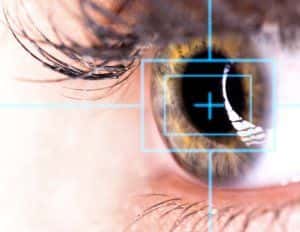Every morning, we open our eyes and become immersed in a wealth of visual information. The eyes and related brain structures are a complex system that allows us to experience visual information from the surrounding world. It is easy to take clear vision for granted, but even subtle changes in the structure
Read moreRefractive Disorders

If you suffer from nearsightedness, farsightedness or astigmatism, you likely have a refractive eye error that causes light that passes through your cornea to bend, or refract, improperly, resulting in your vision problem. Fortunately, you might be an appropriate candidate for refractive surgery to improve or correct your vision.
One of the best-known refractive surgical procedures is LASIK (laser-assisted in situ keratomileusis), which involves the use of laser energy to reshape the cornea (the clear, round dome at the front of your eye), thereby correcting your refractive error. In addition to LASIK, there are several other types of refractive surgery that can be performed to improve or correct the following vision problems:
- Nearsightedness (myopia). For those with myopia, close objects look clear, but distant objects are blurry.
- Farsightedness (hyperopia). For patients with hyperopia, distant objects look sufficiently clear, but close objects are blurry.
- Astigmatism. With astigmatism, the cornea or lens is not smooth or evenly curved, so the eyes do not focus properly.
- Presbyopia. This is an age-related eye condition that makes it harder to see images or objects up close.
-
How the Eyes Work
-
Protecting Your Eyes
Of our five senses, humans rely on vision most strongly. Our everyday experience of the world is colored by our ability to see, our memory draws heavily upon visual information, and many activities of daily living are challenging without sight. As a result, it is essential to protect your eyes from damage.
Read more
Visit our Office
1395 South Marietta Pkwy SE Building 400, #107
Marietta, GA 30067
